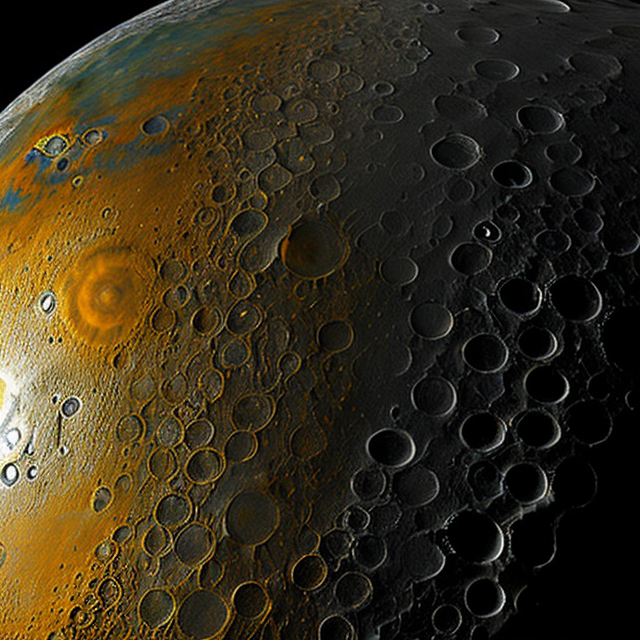|
|
Space Astro
|
Info for exoplanet "Unof-oneve"
| Scientific (actual) data |
|---|
| Name | MARVELS-19 b |
| Planet status | Confirmed |
| Mass sini | 17.3 |
| Orbital period | 122.2 |
| Semi major axis | 0.52 |
| Orbit eccentricity | 0.53 |
| Discovered | 2017 |
| Updated | 2019-02-19 |
| Omega | 218.2 |
| Tzero vr | 2454900 |
| K | 683 |
| Publication | Published in a refereed paper |
| Detection type | Radial Velocity |
| Star name | BD+42 3438 |
| Right ascension | 296.15° |
| Declination | 43.36° |
| Mag v | 9.5 |
| Star distance | 484.57 |
| Star metallicity | 0.09 |
| Star mass | 1.33 |
| Star radius | 1.63 |
| Star temperature | 6270 |
| Star alternate names | 2MASS J19443642+4321240, TYC 3148-2071-1 |
| Wikipedia article | MARVELS-19 b |
Back
| |
| Fictional info (?) |
|---|
| Suggested name | Unof-oneve |
| Planet type | Cold planet |
| It has the longest rotation period (445 days) of any planet in its solar system and rotates in the opposite direction to most other planets.
The volume of water detected has been estimated to be equivalent to the volume of water in Earth's oceans. |
| Atmosphere | Oxygen | 45% |
| Nitric oxide | 34% |
| Ozone | 21% |
| Carbonyl sulfide | 0.079% |
| Atmospheric pressure | 5 bar |
 |
| No known satellites |
| Google search for Unof-oneve |
|
Website by Joachim Michaelis
|
|
|
|